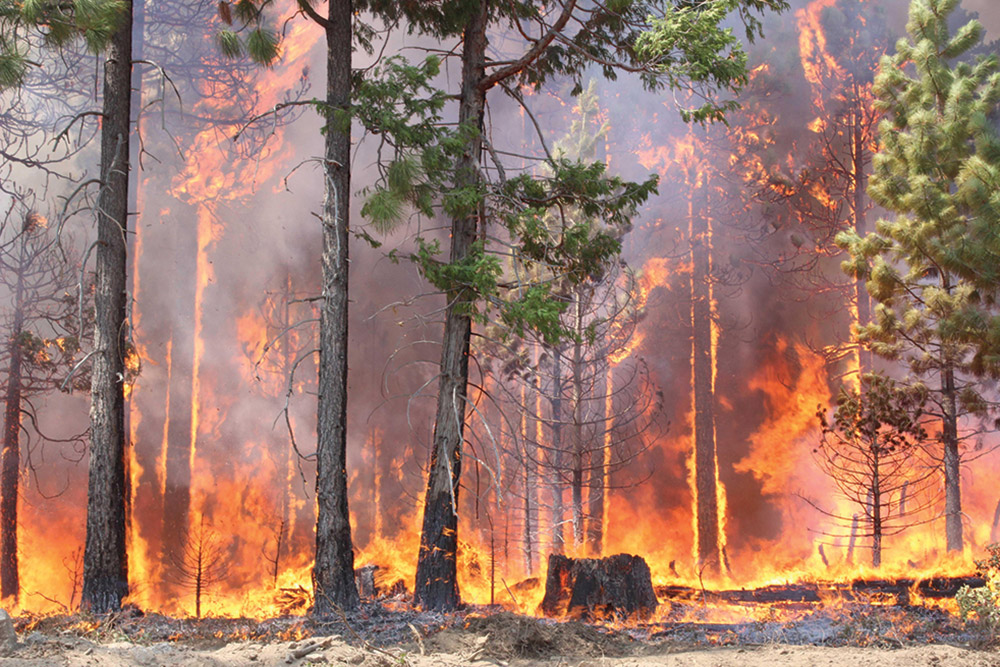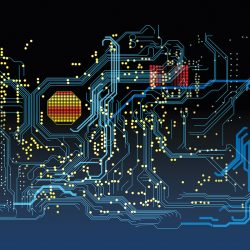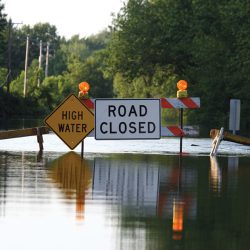A Perfect Storm
UW professor Harold Tobin planned to teach Geoscience 140 — a new course examining natural hazards and disasters — assuming he could draw from current events to teach the science behind the news. But Tobin couldn’t have predicted that hurricanes and wildfires would own the news cycle at the start of the fall semester, and Mexico would see its largest earthquake in a century before September was over.
In a session blending physics and earth science, Tobin explained the source of Hurricane Irma’s energy, the role of atmospheric pressure, and how its path affected the intensity of a deadly storm surge. He touched on why tropical cyclones — commonly referred to as hurricanes and typhoons — occur in bands north and south of the equator, but not within five degrees of the equator itself.
The course also explores how government policies and human choices affect risk, and how those risks can be reduced. Even though we call them “natural” disasters, “it’s not just chemistry, physics, and earth science that are at play,” Tobin says. “It’s also a matter of the social decisions that we make every day, sometimes without understanding the ramifications.”
Published in the Spring 2018 issue




Comments
No comments posted yet.